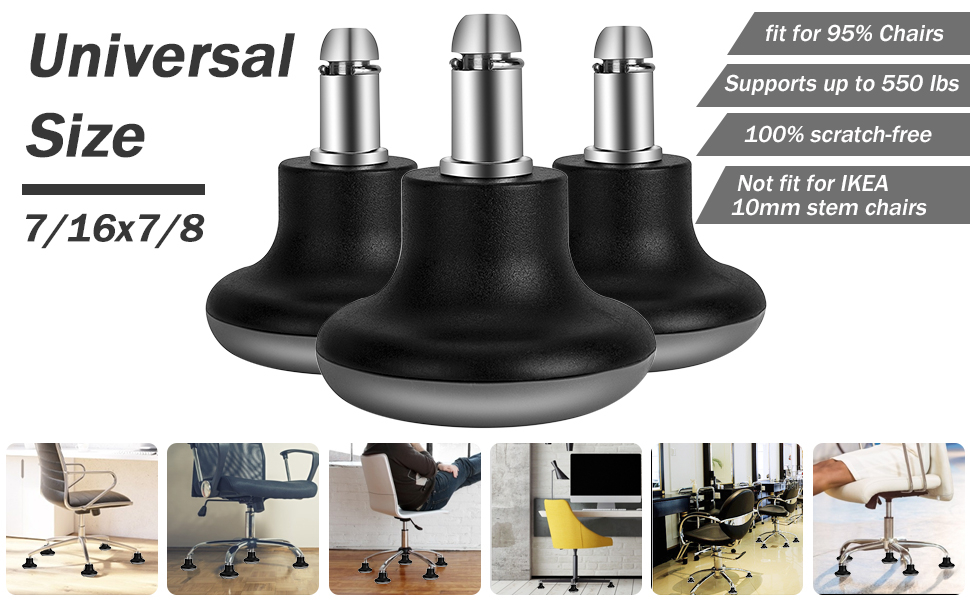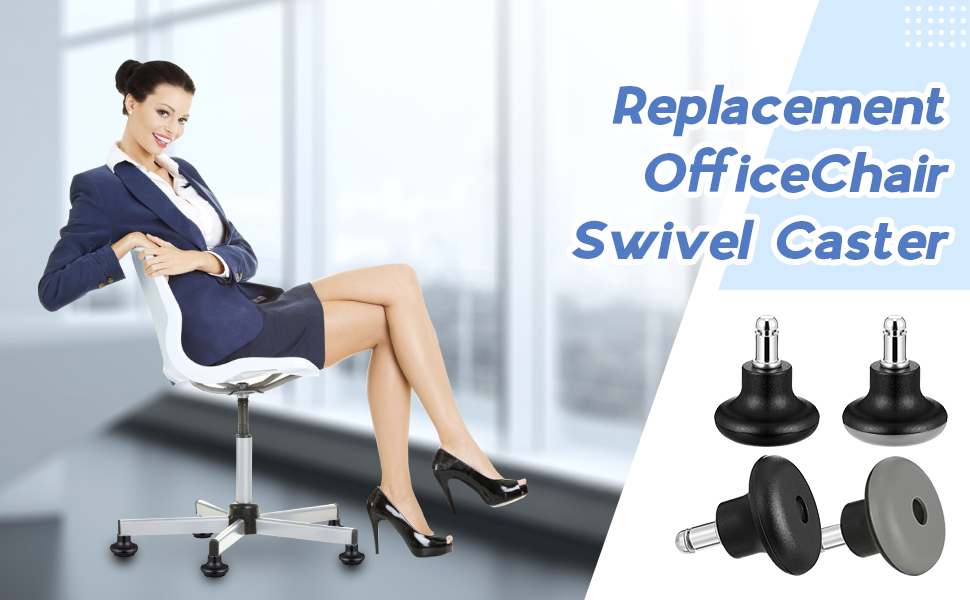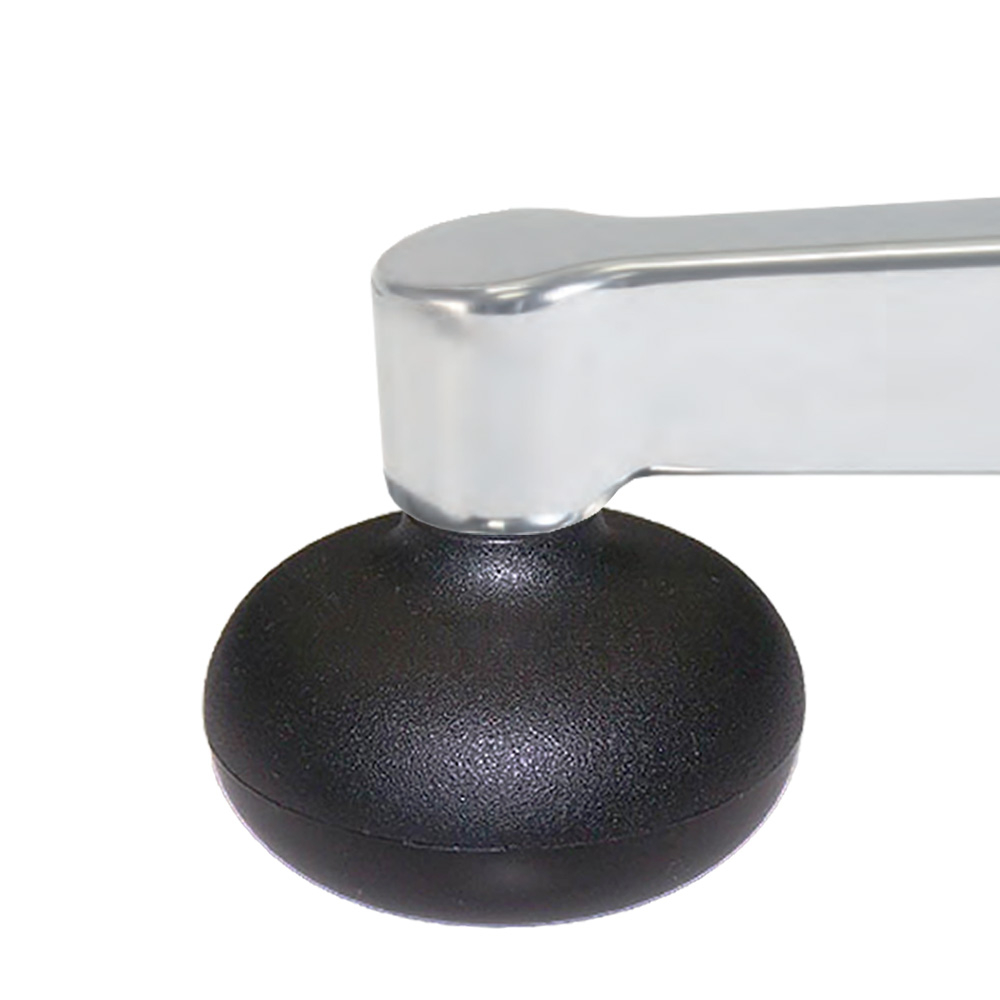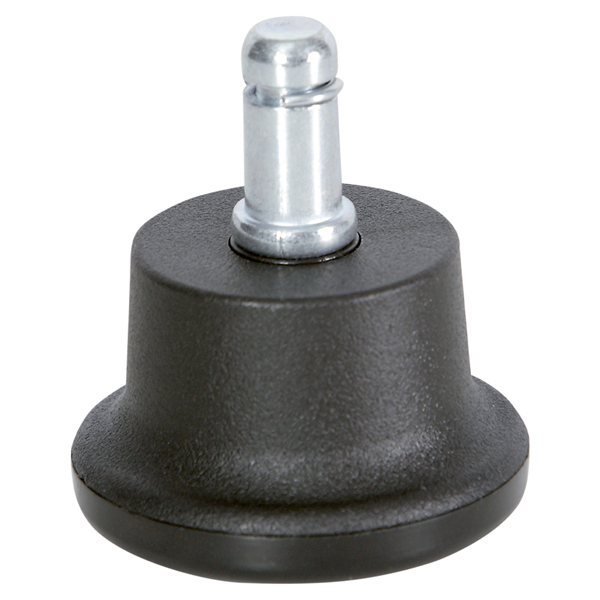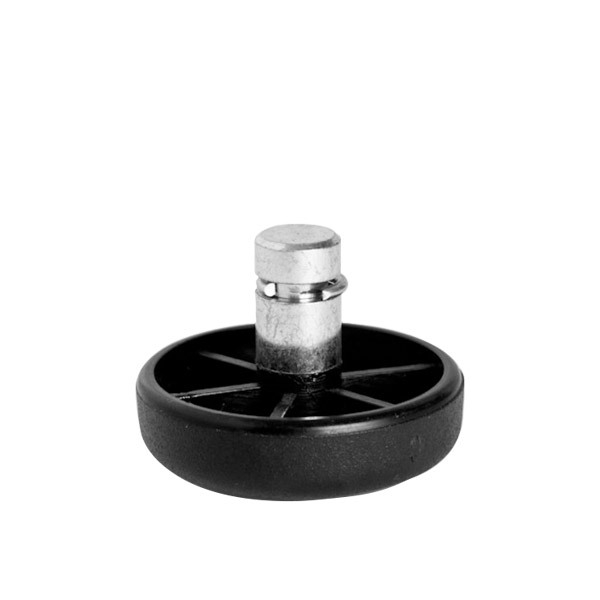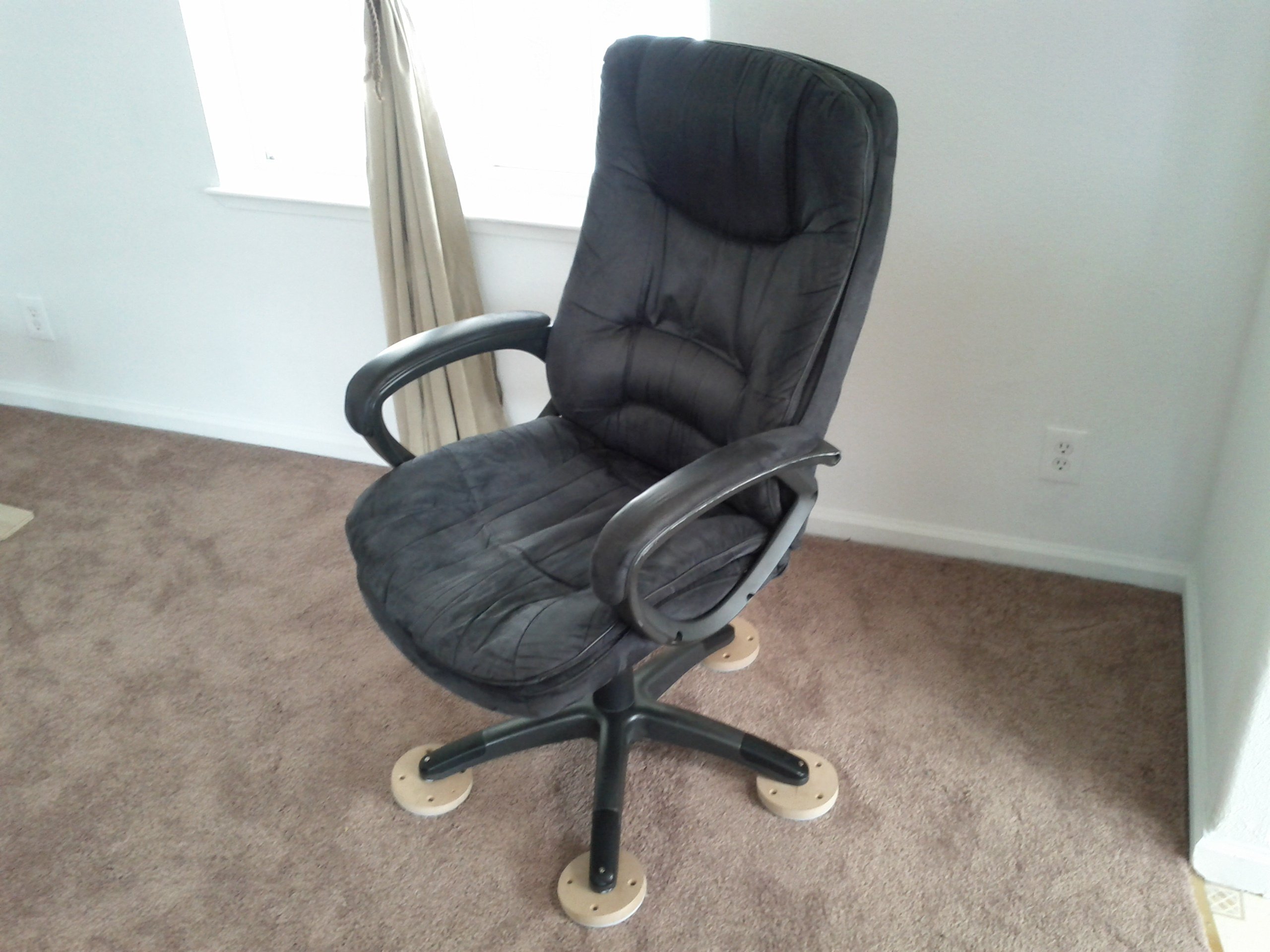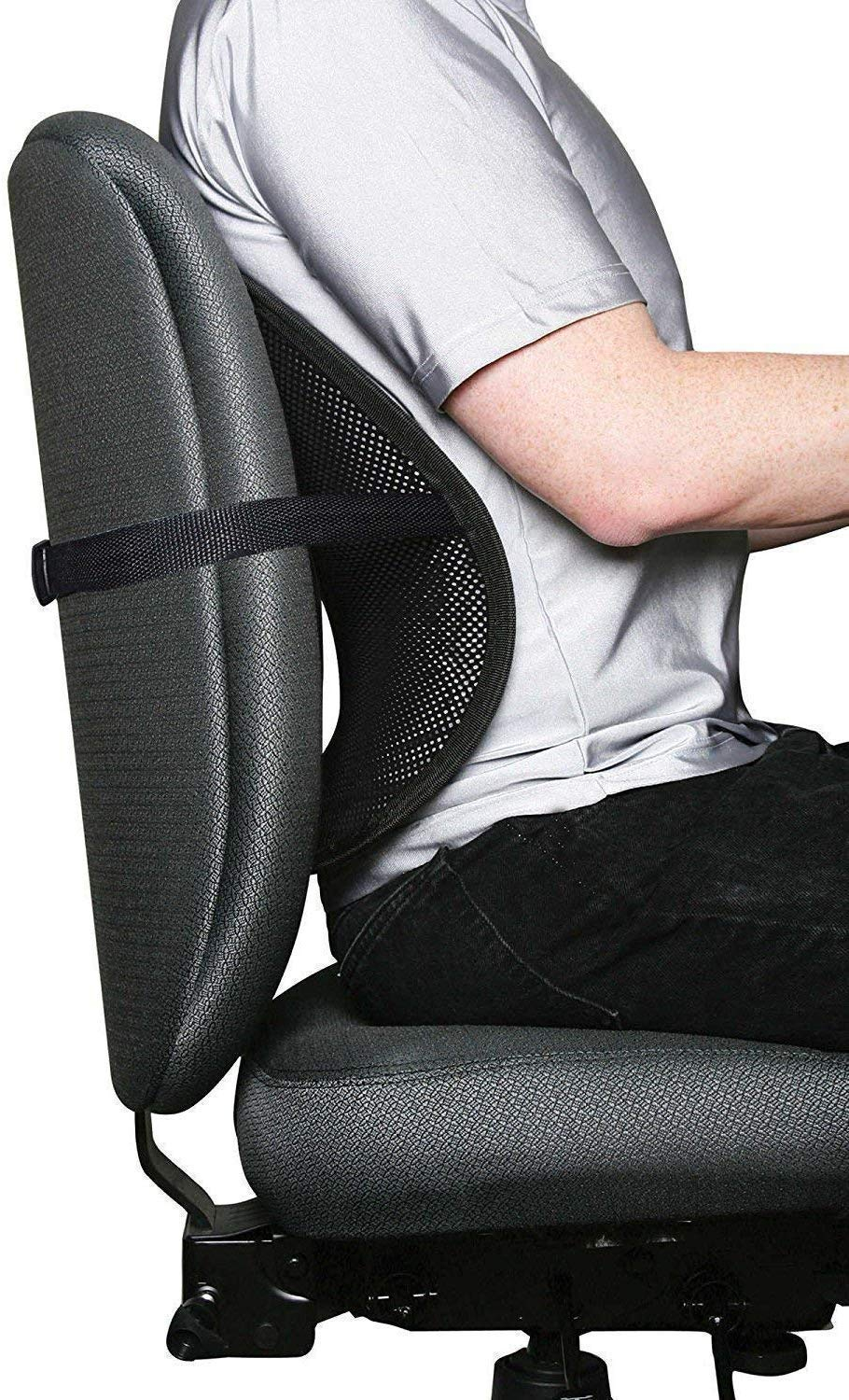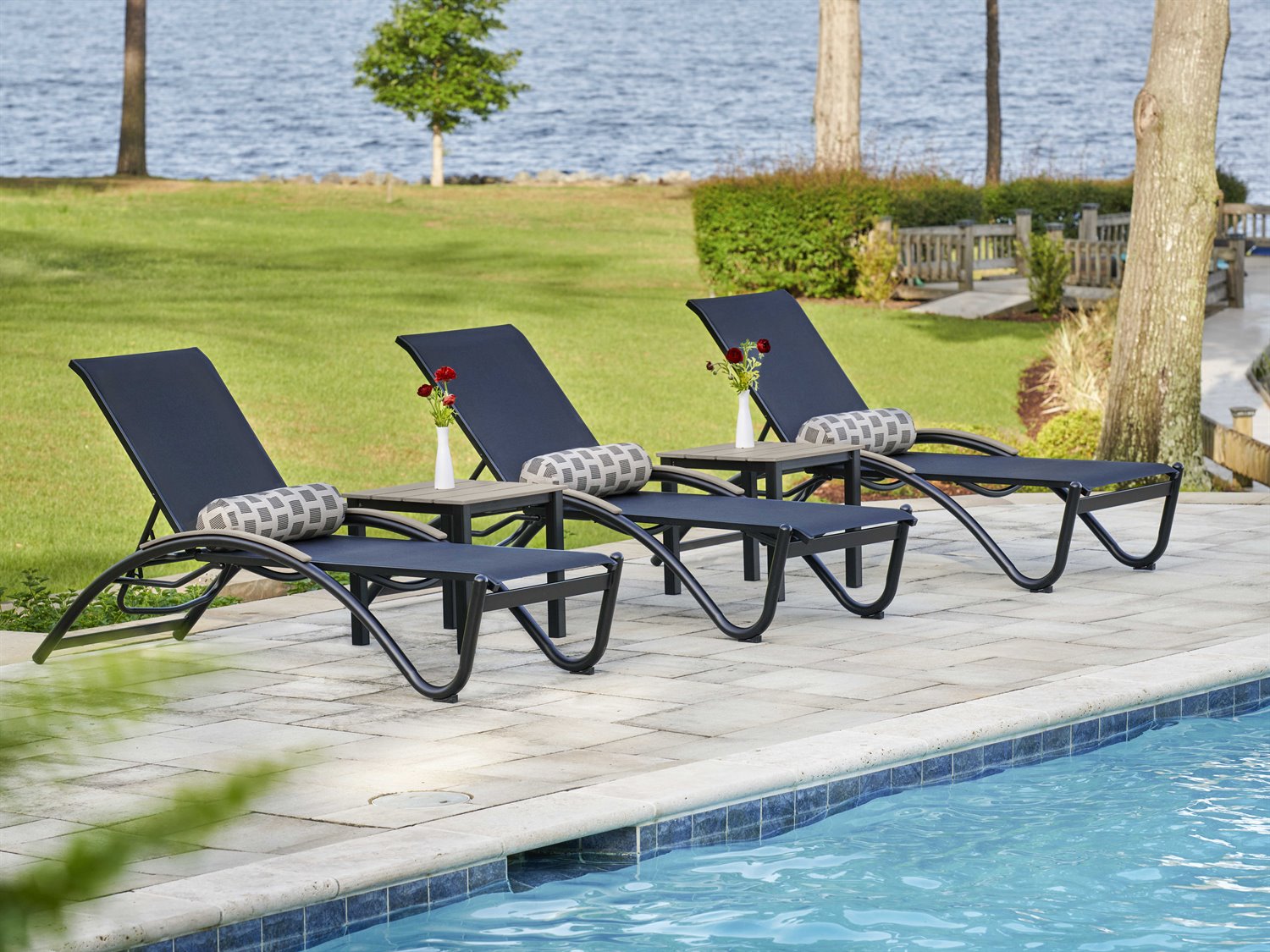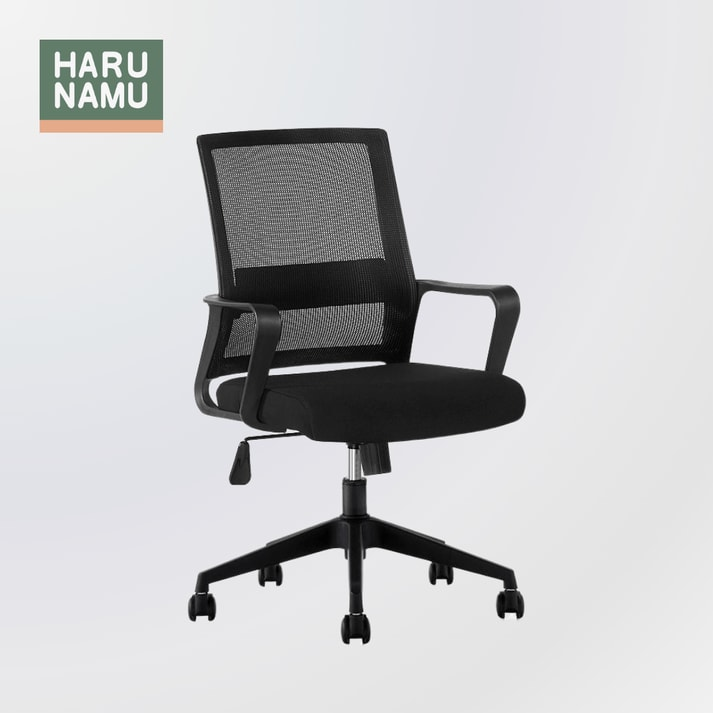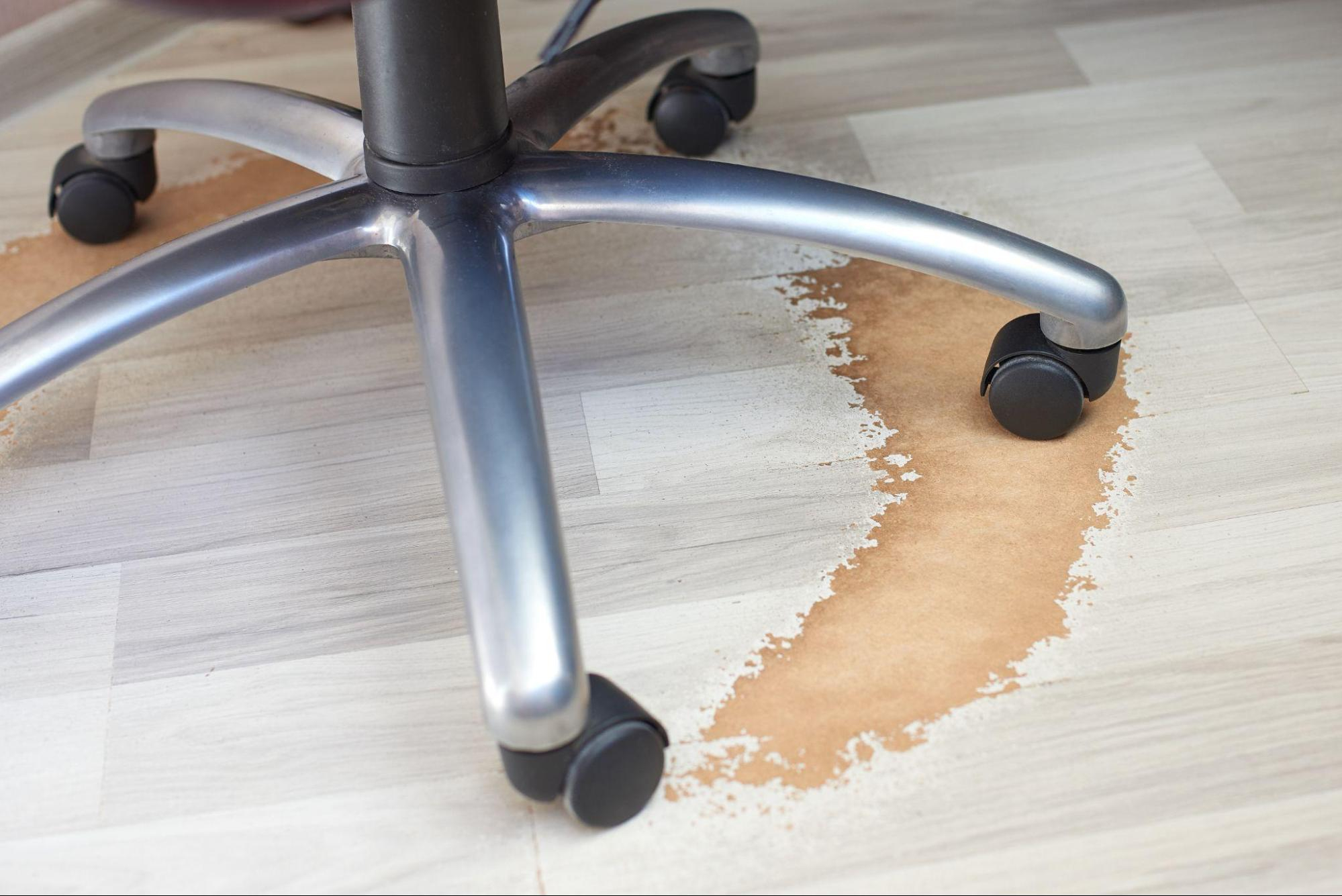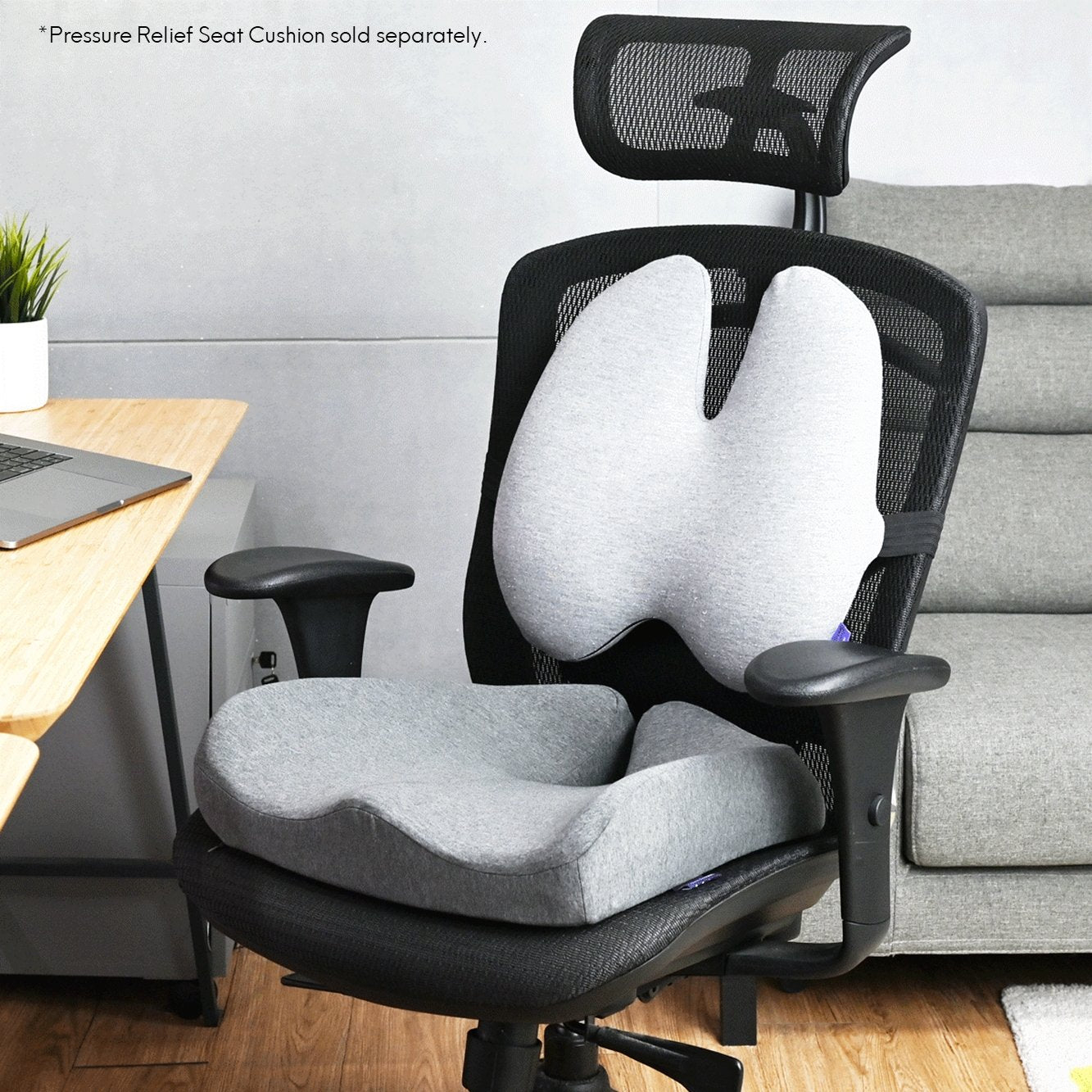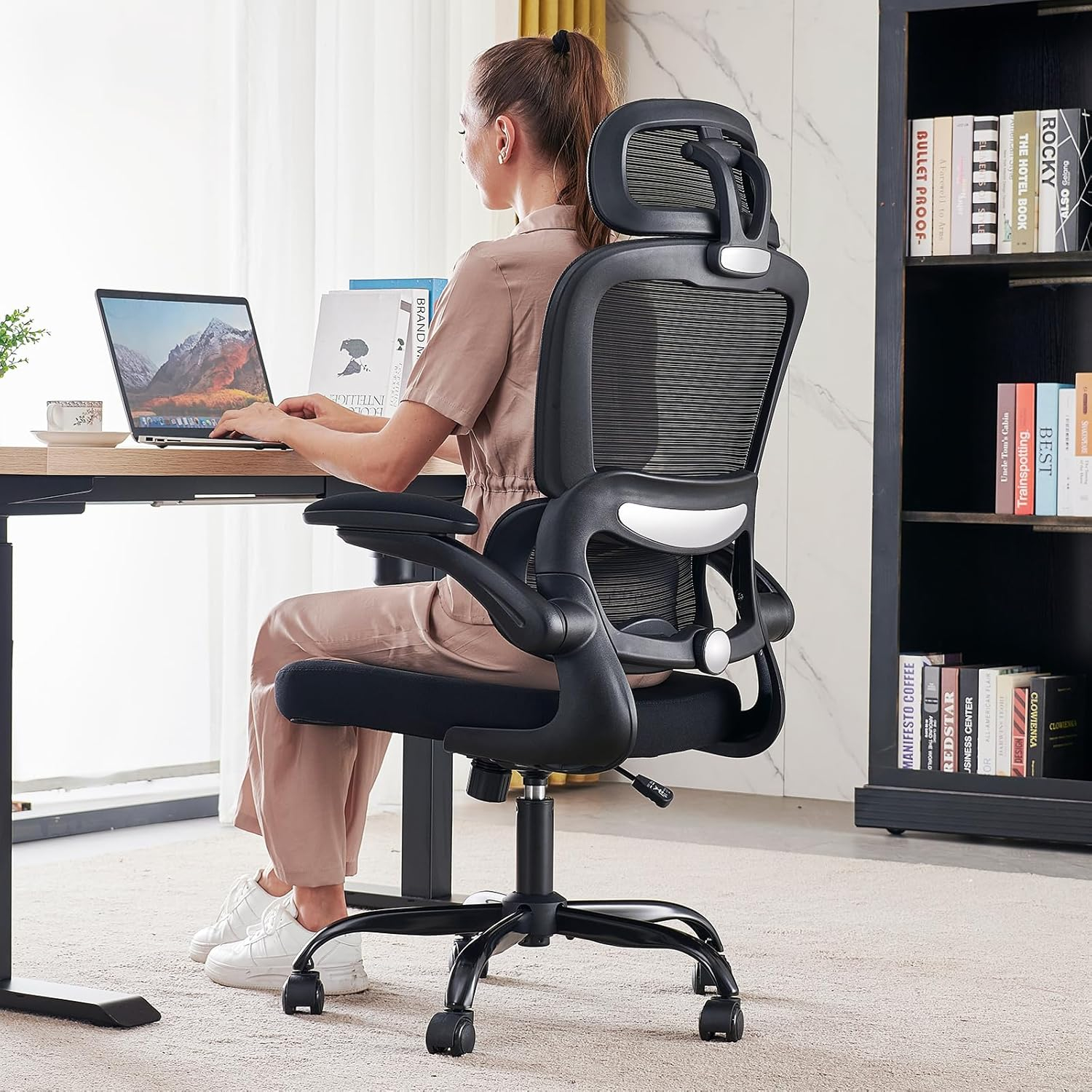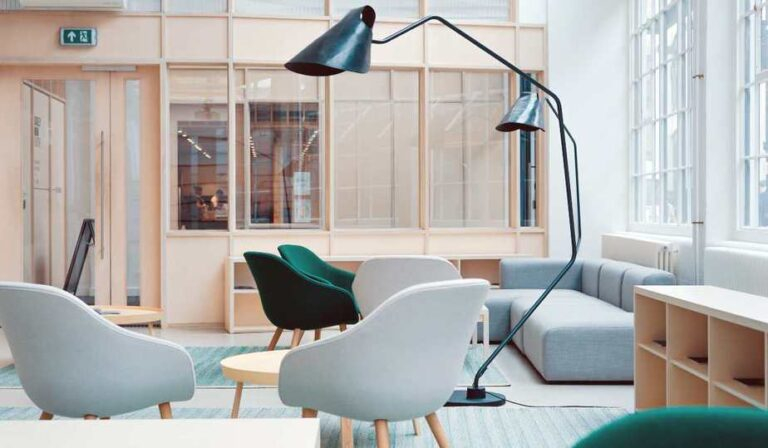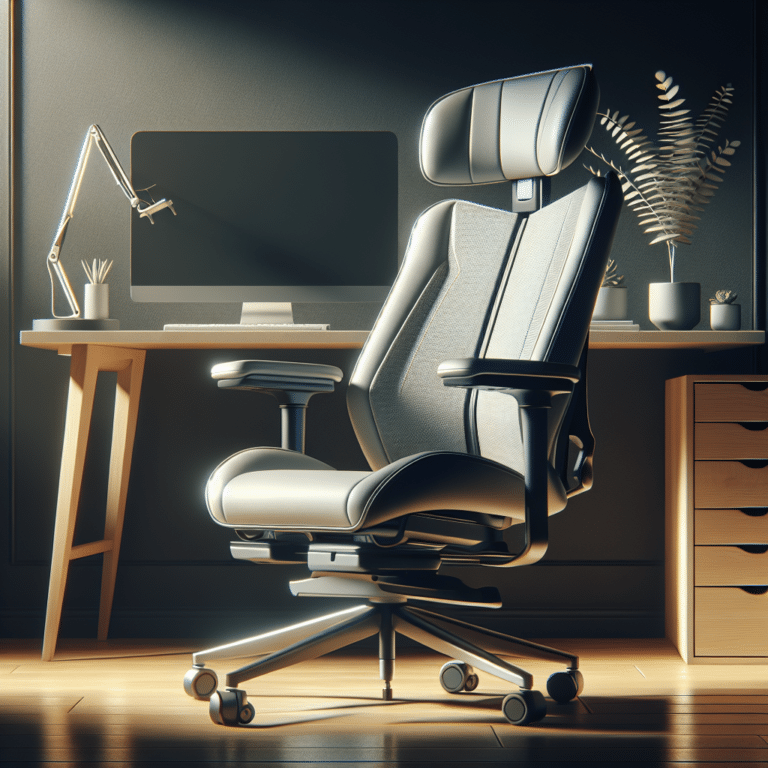Ever thought about what makes your office chair glide so smoothly? It’s all thanks to those little things at the bottom – the chair glides. These aren’t just decorative; they’re crucial for both your comfort and the longevity of your flooring. Let’s dive into the world of office chair glides and uncover their importance.
Think about it: you swivel, you roll, you adjust your position countless times a day without even realizing it. The ease with which your office chair moves is largely down to its glides, or sometimes casters, which are the wheels. These components are often overlooked, but they play a massive role in your daily work experience. Whether you’re navigating a busy office or just need a little extra freedom of movement at home, understanding these parts can make a real difference. We’ll explore what they are, why they matter, and how to pick the best ones for your needs.
What Exactly Are Office Chair Glides?
At their core, office chair glides are the pieces attached to the bottom of your chair’s base, typically a star-shaped leg structure. They can be either stationary glides (like little feet) or wheels (casters). Their primary job is to facilitate movement and protect your floor. Stationary glides offer stability, preventing unwanted rolling, which can be useful in specific settings. Casters, on the other hand, are designed for easy mobility, allowing you to glide across the floor with minimal effort. The material and design of these glides significantly impact their performance and suitability for different environments.
Why Do Chair Glides Matter So Much?
It might seem like a small detail, but the right glides can transform your workspace. Firstly, they are essential for floor protection. Imagine dragging a heavy chair across a delicate hardwood floor; it’s a recipe for scratches and gouges. Good glides distribute the weight evenly and provide a smooth surface to reduce friction, safeguarding your flooring investment. Secondly, they affect your ability to move. If you need to reposition yourself frequently, perhaps to reach a filing cabinet or collaborate with a colleague, smooth-rolling casters are a lifesaver. Conversely, if you need your chair to stay put, stationary glides are the way to go. The wrong type can lead to frustration, reduced productivity, and costly floor repairs.
Types of Office Chair Glides: Finding Your Fit
The world of chair glides isn’t just one-size-fits-all. There’s a variety to choose from, each suited for different needs and surfaces:
- Standard Casters: These are the most common type, usually made of hard plastic. They’re great for carpeted floors as they can push the carpet fibers aside, allowing for easier rolling. However, on hard floors like tile or wood, they can be too hard and may cause damage or be quite noisy.
- Soft Casters (or Rollerblade/Urethane Casters): Made from a softer, rubber-like material, these are the superstars for hard floors. They grip the surface better, roll smoothly, and are significantly quieter. Plus, they’re much less likely to scratch or scuff your wood, laminate, or vinyl floors. Many people swap out their standard casters for these.
- Stationary Glides: These are non-rolling feet. They offer maximum stability and are ideal for environments where you don’t want the chair to move at all, perhaps in a laboratory or a specialized workstation. They can also be a good option if you’re concerned about accidental rolling.
- Dual-Wheel Casters: These have two wheels side-by-side on each leg. They offer good stability and distribute weight well, often found on heavier-duty chairs. They can work on both carpet and hard floors, but the softer, single-wheel urethane casters are generally preferred for hard surfaces.
Choosing the Right Glides for Your Workspace
So, how do you pick the best ones? It really comes down to two main factors: your flooring and your mobility needs.
- For Carpet: Standard hard casters are usually fine. If you have very thick or plush carpet, you might find they still stick a bit. In that case, larger diameter casters or even specific carpet casters can help.
- For Hard Floors (Wood, Tile, Laminate, Vinyl): Soft, urethane casters are almost always the best choice. They prevent scratches, reduce noise, and offer a smooth, controlled roll. Avoid hard plastic casters on these surfaces if you want to keep your floors looking pristine.
- For Mixed Flooring: If you have areas of both carpet and hard floors, you might need to decide which surface is more dominant or consider a set of soft casters that will perform acceptably on both, though they might not be perfect on deep carpet.
- For Stability: If you find yourself accidentally rolling away from your desk, consider switching to stationary glides. It’s a simple fix for a common annoyance.
Before buying, always check the stem size and type of your current casters. Most office chairs use a standard stem size, but it’s worth confirming to ensure compatibility.
Replacing and Maintaining Your Chair Glides
Replacing chair glides is surprisingly easy and doesn’t require any special tools. Most casters attach to the chair base with a stem that simply pushes into a socket. To remove them, you usually just need to pull firmly. Some might be a bit stubborn, so you might need to wiggle them or use a bit of leverage with a flathead screwdriver or pliers, being careful not to damage the base. To install new ones, just push the stem into the socket until it clicks or feels secure.
Maintenance is also straightforward. Periodically, check your glides for dirt, debris, or hair that might be caught in the wheels. A quick wipe-down with a damp cloth or a vacuum cleaner attachment can keep them running smoothly. If you notice any damage or wear and tear, it’s best to replace them promptly to avoid further issues with your chair or flooring.
Beyond the Basics: Enhancing Your Chair Experience
Upgrading your chair glides is one of the simplest and most cost-effective ways to improve your office chair’s performance and comfort. It’s a small change that can have a big impact on your daily well-being and the condition of your workspace. Think about the time you spend in your chair; making it move better and protect your floors is a worthwhile endeavor. Many people also opt for chair mats, especially on hard floors, as an extra layer of protection and to further enhance glideability, even with the best casters. Consider what works best for your unique setup and personal preferences.
So there you have it – a deep dive into the world of office chair glides. They’re far more than just humble plastic or rubber bits; they’re key players in your comfort, productivity, and the preservation of your workspace. By understanding the different types and choosing the right ones for your flooring and needs, you can ensure smoother movement, less noise, and better protection for your floors. Don’t underestimate the power of a good glide. It’s a simple upgrade that can truly make your workday a little bit better, one smooth roll at a time.

